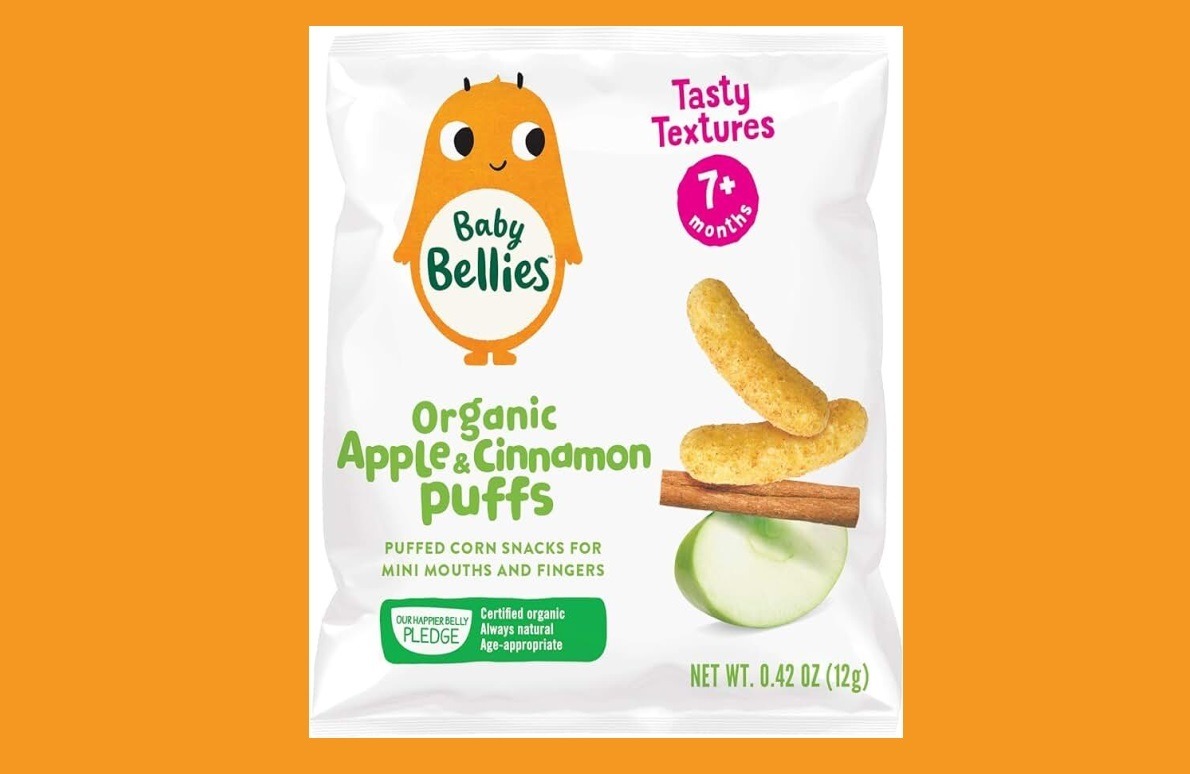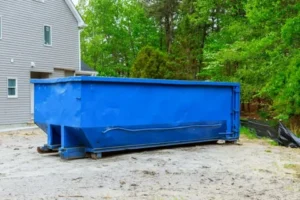Conquering Chaos: Practical Solutions for Mess-Free Snacktime

Mealtime with a little one can be a symphony of exploration, discovery, and, often, a glorious mess. This is especially true when it comes to introducing finger foods. Tiny hands are eager to grab, grasp, and fling, transforming a healthy snack into a colourful adventure. While embracing the mess is part of the learning process, there are practical solutions like organic baby snacks to steer snacktime with a little more serenity.
Setting the Stage for Success
Preparation is key to minimising mess. Choose a designated snacking area that’s easy to clean. A highchair with a wipeable tray or a washable placemat on the floor creates a contained space. Invest in a bib with a pouch to capture stray crumbs and spills. Silicone bibs are particularly easy to clean, while disposable ones offer a convenient option for on-the-go meals. Consider a splat mat underneath the highchair to catch any major spills that make it past the bib.
Portion Control Is Your Friend
Little tummies don’t require large quantities. Offer smaller portions of snacks to prevent overwhelming tiny hands and avoid the urge to throw. This also allows them to practise self-feeding skills without the frustration of managing too much at once. Bowls with divided sections can help with portion control and offer a variety of textures and tastes. Silicone or bamboo plates with raised edges can also be helpful in containing spills.
Always have wipes or a damp cloth at hand during snack time for quick clean-up. This allows you to swiftly tackle any spills or sticky fingers before they make a greater mess around the house.
Snacks: The Mess-Friendly Option
Organic baby snacks like round-a-bouts, puffs, and pick-me sticks are a lifesaver during snack time. They encourage self-feeding and exploration while minimising the mess factor. You can opt for soft, easy-to-grasp options like ripe banana slices, steamed broccoli florets, or puffs made with whole grains. Avoid hard, round foods like grapes or cherry tomatoes, which can be choking hazards. Steamed or roasted sweet potato wedges are another great option, offering a bit of sweetness and a fun texture for little hands to explore.
Teach and Enforce Rules
Teach your children some basic rules about eating. Encourage them to sit down while snacking, not to walk around with food, and to put all waste, like wrappers or uneaten food in the trash. It might take time, but consistency is key in teaching them to respect their eating spaces.
Pouches: A Convenient Choice
Pouches filled with puréed fruits, vegetables,snacks,or yoghurt sticks can be a mess-free option for on-the-go snacking. However, it’s important to note that frequent reliance on pouches can hinder the development of self-feeding skills. Use pouches strategically, perhaps during car rides or outings, and prioritise finger foods whenever possible.
Reusable Pouch: Eco-Friendly and Cost-Effective
For a more eco-friendly and cost-effective approach, consider reusable pouches. Fill them with homemade purées or mashed fruits and vegetables. These pouches offer a familiar experience for your little one while minimising waste. Look for pouches made from silicone or food-grade plastic that are easy to clean and can be reused multiple times.
Getting Creative with Textures: A Sensory Adventure
Introducing a variety of baby snacks during snack time keeps things interesting and can also help with the mess. Offer a combination of soft and chewy options like puffs and banana slices alongside harder textures like steamed carrot sticks. This encourages exploration and helps develop fine motor skills. Consider offering yoghurt with granola sprinkled on top for a combination of creamy and crunchy textures.
Power of Presentation: Appealing to Tiny Taste Buds
Presentation can play a big role in encouraging exploration during snack time. Use cookie cutters to cut cheese or whole-wheat bread into fun shapes. Arrange sliced fruits and vegetables in a colourful design on the plate. Get creative and involve your little one in the process – let them help arrange the food or choose the cookie-cutter shapes.
Cleaning Up: A Learning Experience
Even with the best strategies, some mess is inevitable. Transform cleaning up into a fun activity. Use a damp washcloth to wipe hands and faces together, singing a silly song to make it more engaging. Let your little one help with wiping the tray or highchair, turning it into a learning experience about tidying up. Provide a small, child-safe sponge or washcloth for them to use alongside you.
The goal is not to eliminate mess entirely but to create a manageable and enjoyable snacktime experience for both you and your little one. With a little preparation, some clever strategies, and a positive attitude, you can conquer the chaos and create lasting memories around food exploration. Remember, a messy exploration of textures and tastes is a natural part of a child’s development.







